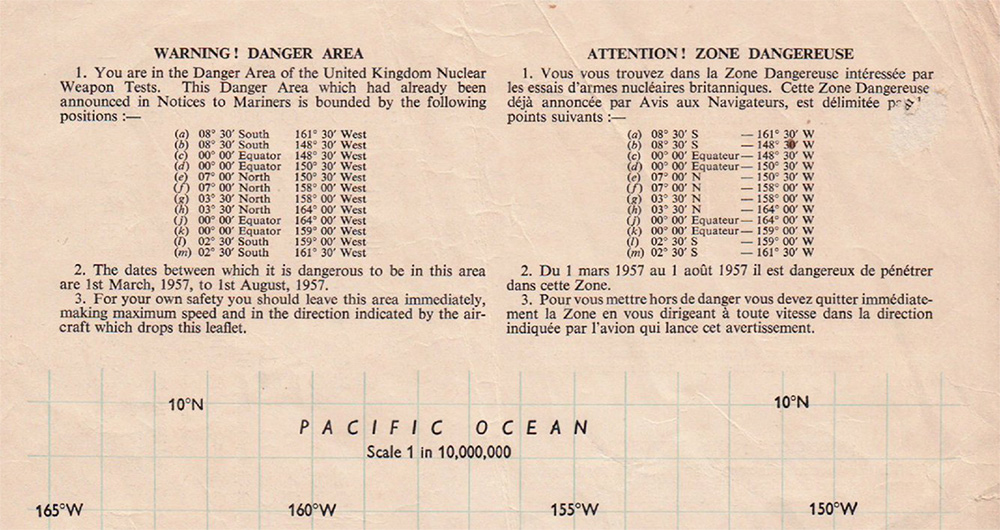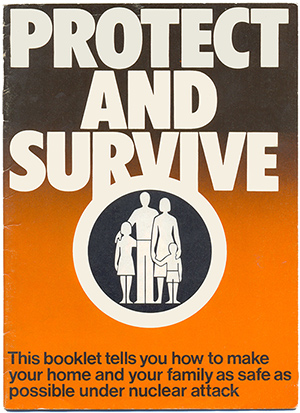Shortly after the Second World War, with the partition of Germany into four Allied zones, the four former allies – Britain, the US, France and the USSR – set up ‘military liaison missions’.
These diplomatic organisations were designed to encourage dialogue and understanding between the powers now operating within Germany. In reality, they ended up providing the perfect opportunity to carry out intelligence-gathering missions in plain sight.
The British and Soviet missions, BRIXMIS and SOXMIS, were the first to be established with the Robertson-Malinin Agreement on 16th September 1946. (Officially, BRIXMIS was the British Commanders’-in-Chief Mission to the Soviet Forces in Germany, but that’s a bit more of a mouthful.)
The French and US militaries also set up their own military liaison missions, known as La Mission Militaire Française de Liaison – MMFL (or FMLM in English) – and USMLM. However, BRIXMIS was bigger than both, and the exploits of BRIXMIS and SOXMIS played out as one of the more curious stories of Cold War diplomacy.




